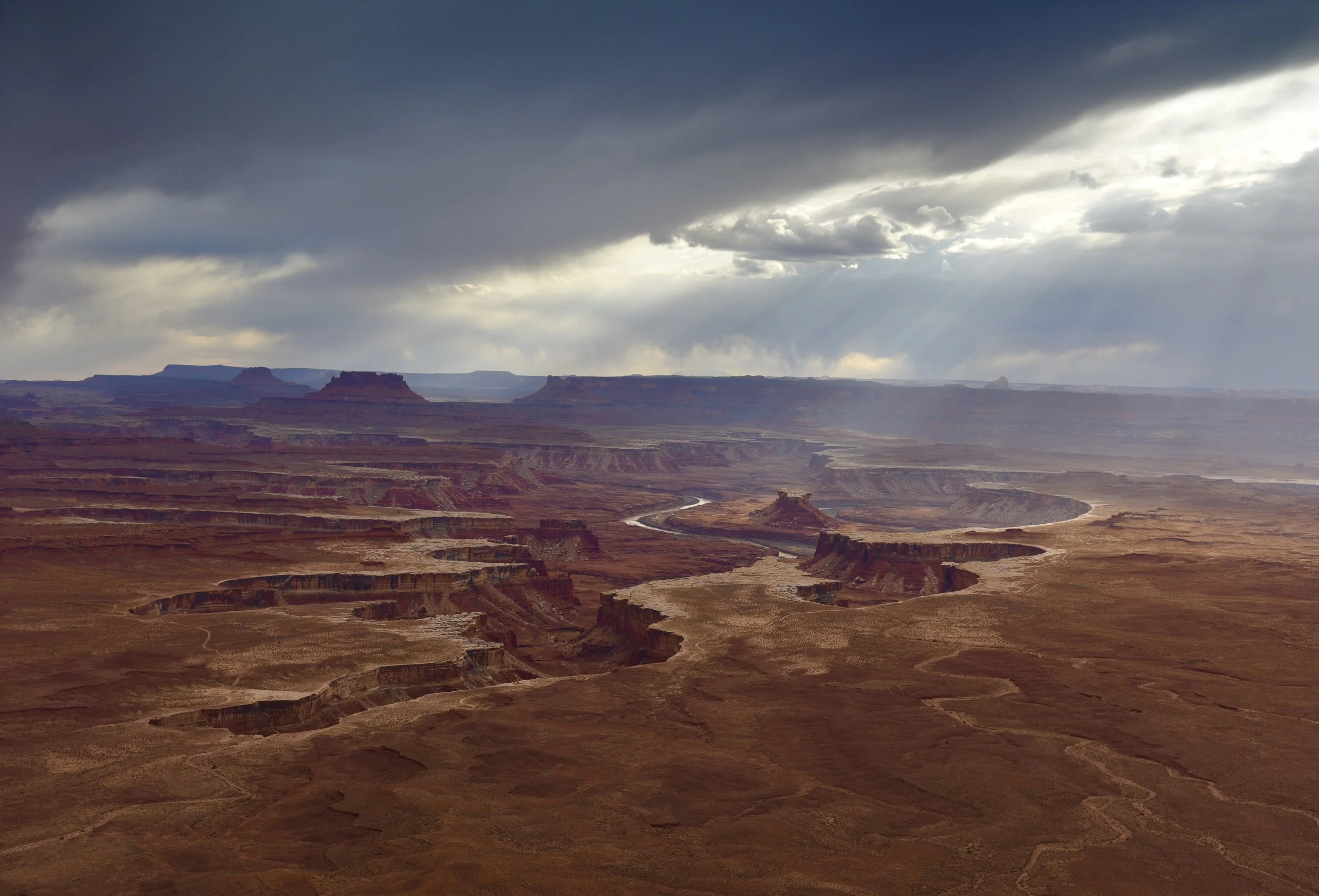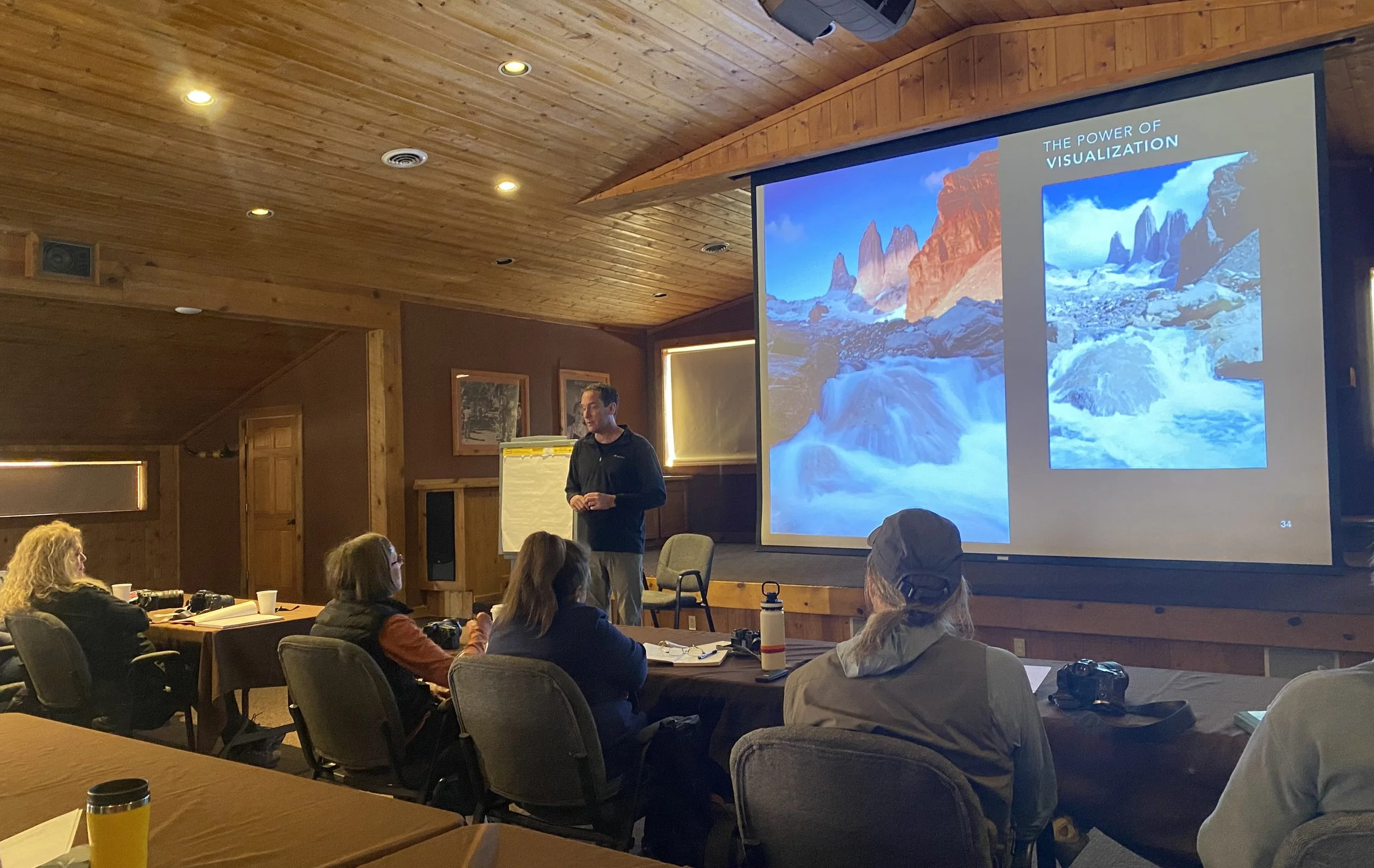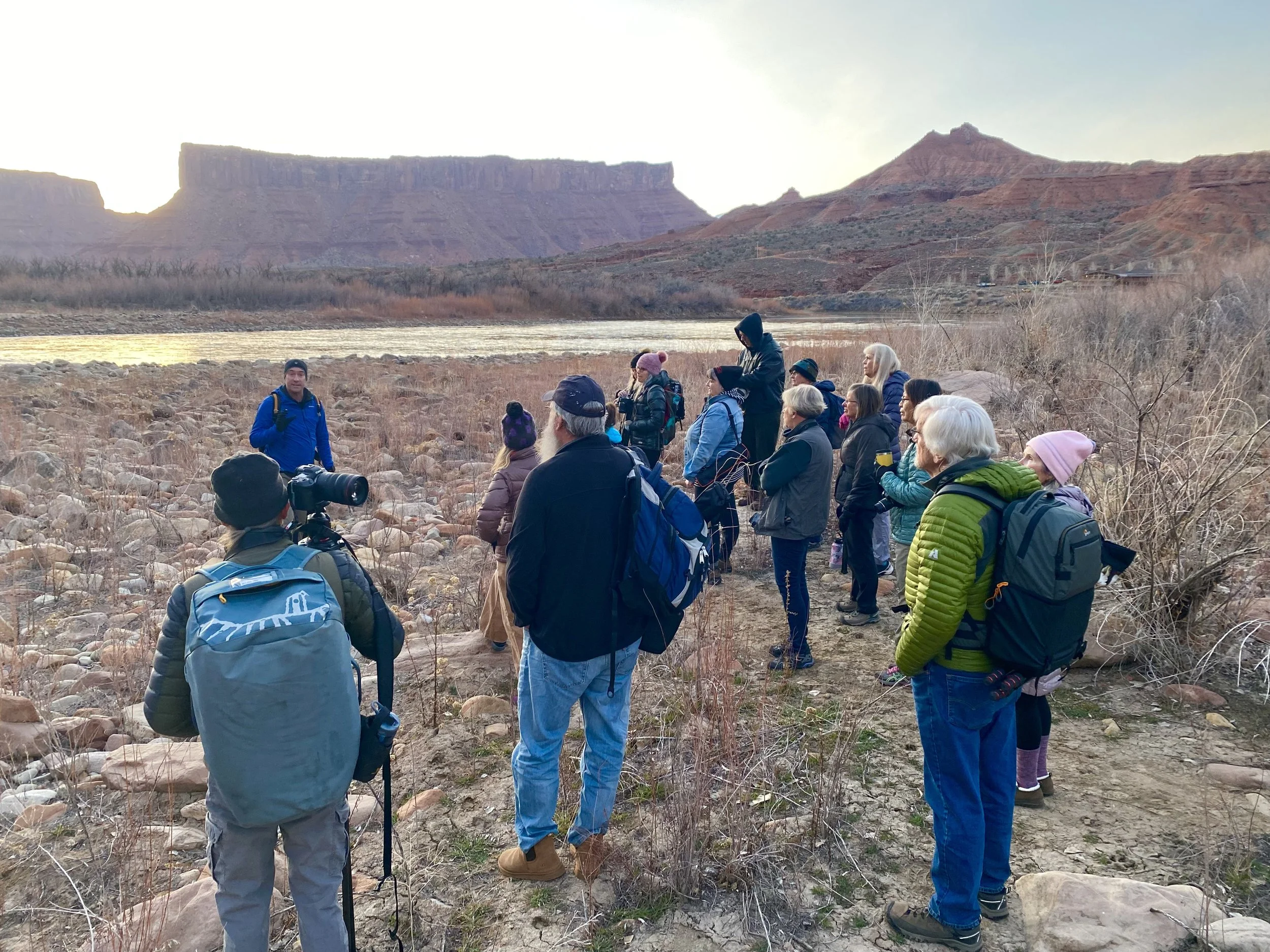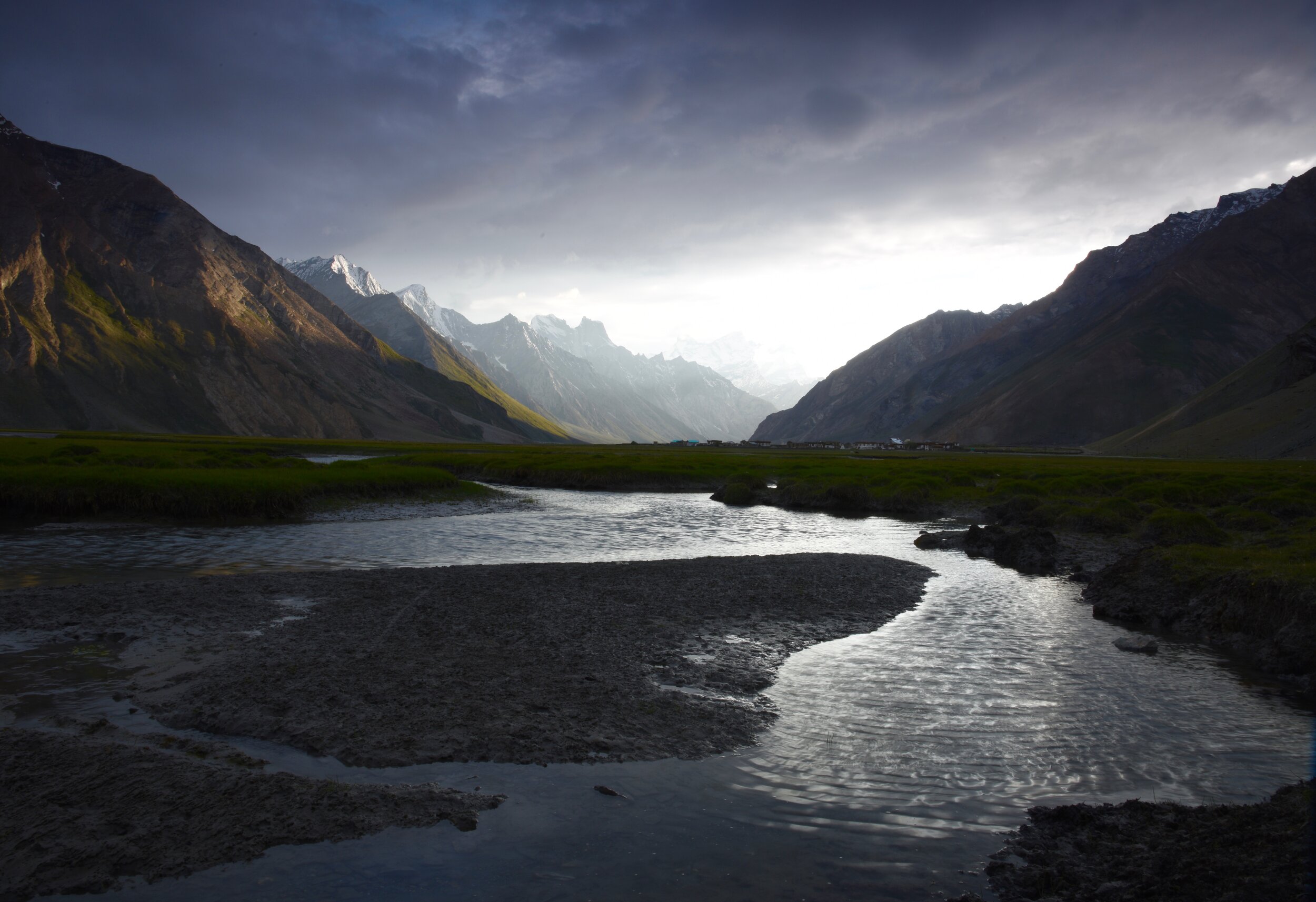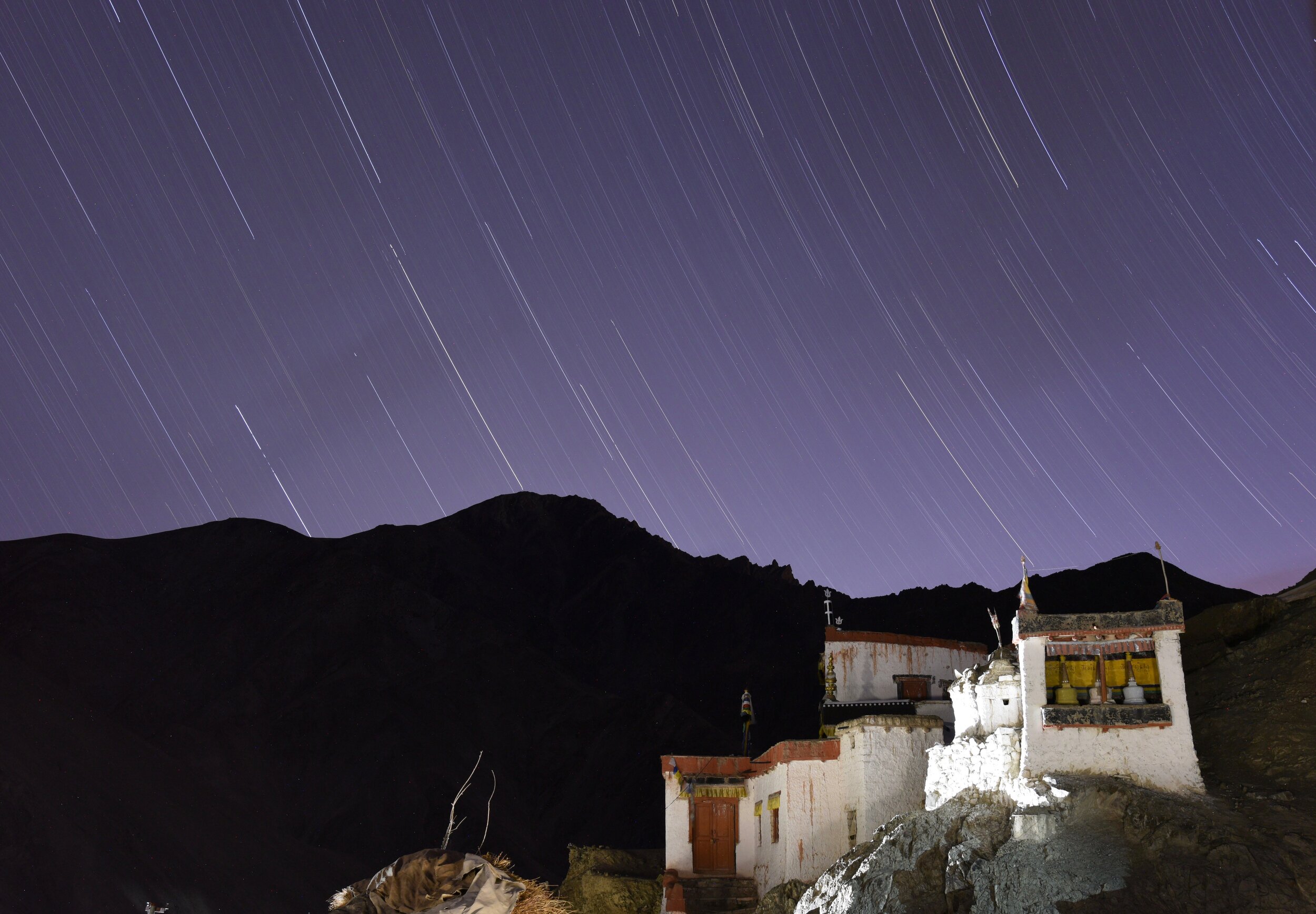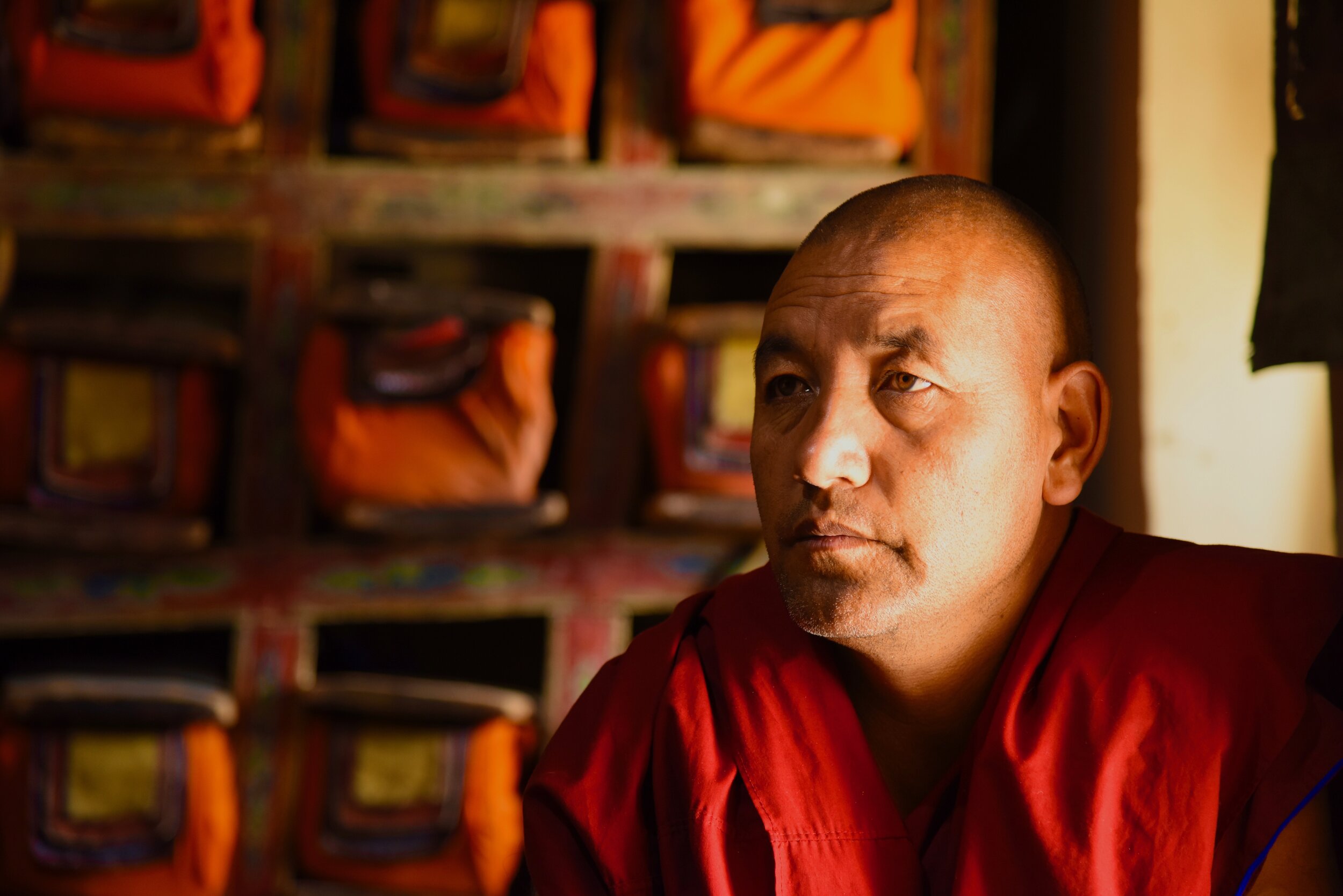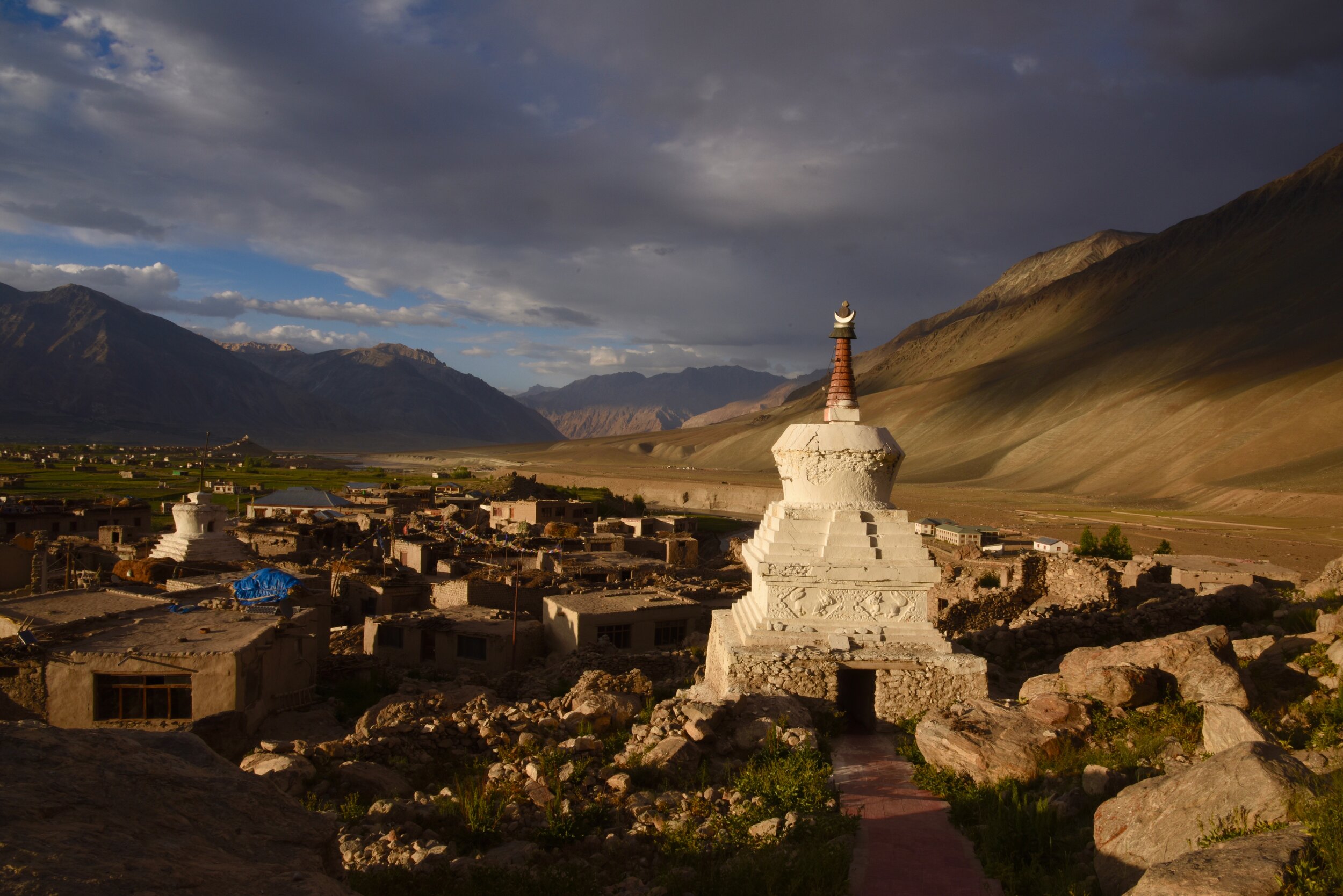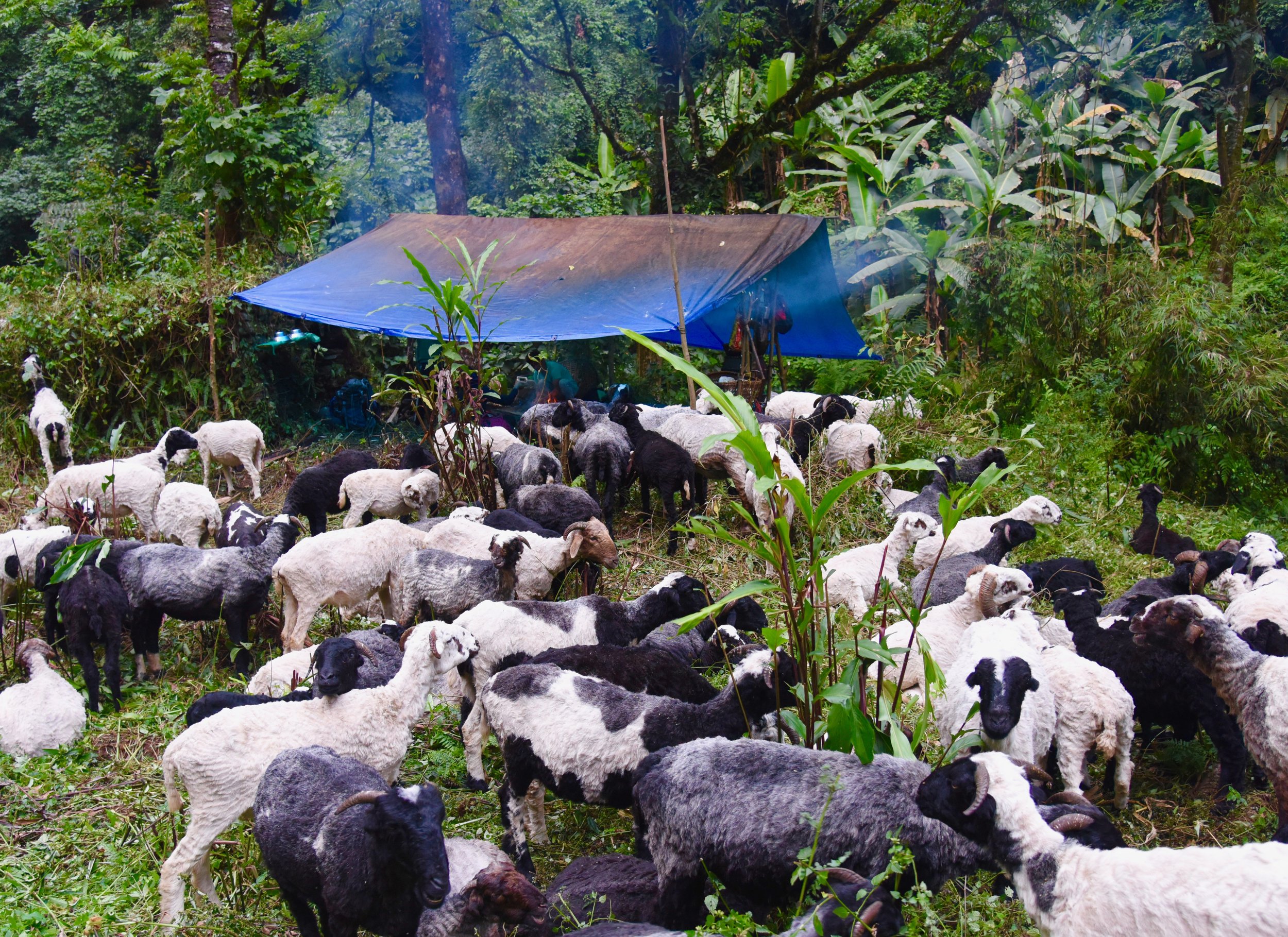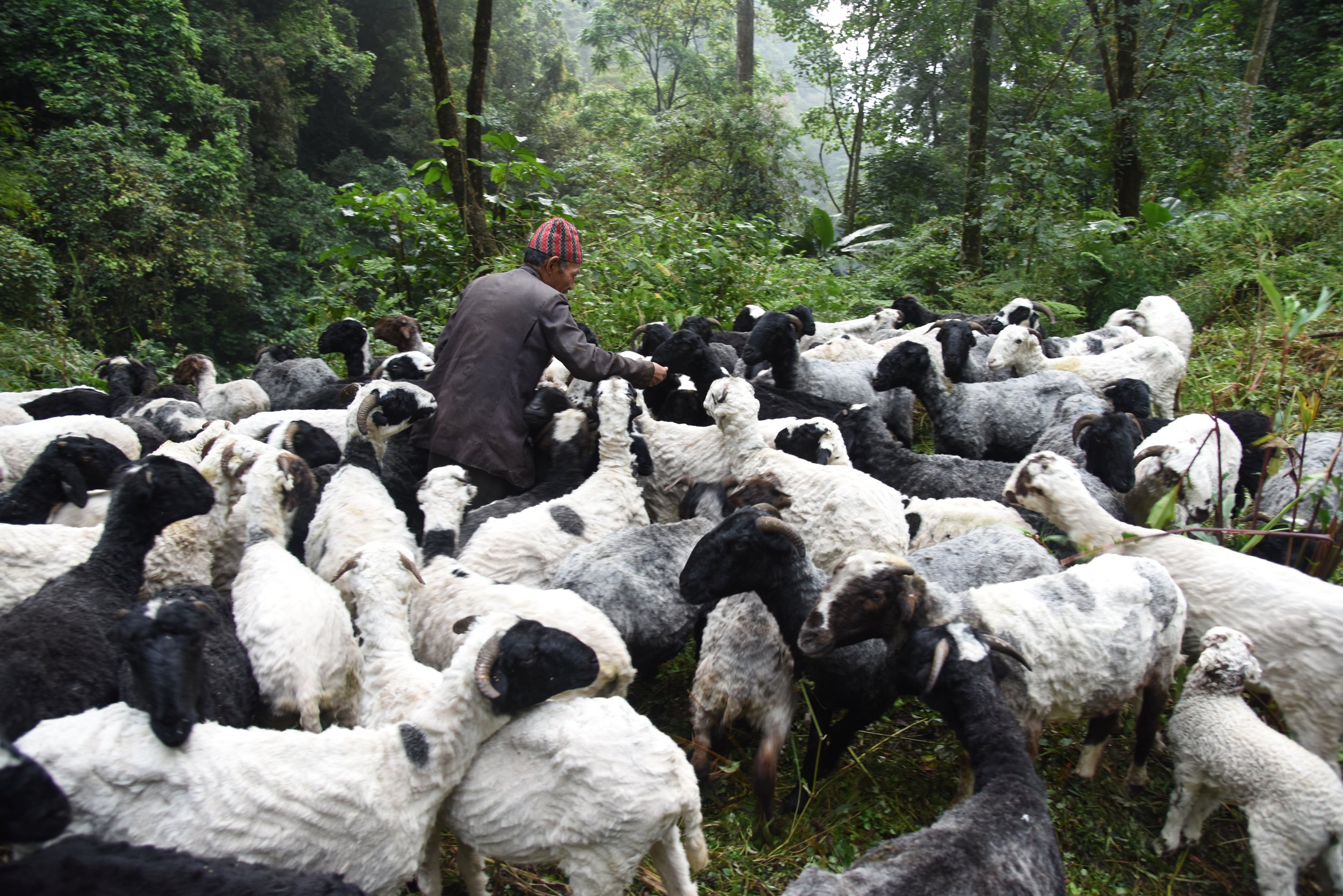New Classes Forming: Winter 2024
This course will provide a broad introduction to the core beliefs and teachings of Eastern philosophy, as well as opening a portal into the sacred landscapes and architecture of Asia. The class will be half philosophy seminar, and half travelogue. Each week we will focus on one of the great religions of the East, including Hinduism, Buddhism, Taoism, and Zen. We will then embark on a photographic journey through the landscapes, temples, and shrines held sacred in each tradition. The journeys will include a trip down the Ganges River, a visit to Bodh Gaya, into the monasteries of Ladakh and Sikkim, and a pilgrimage through the sacred mountains of China. There will be discussions on the history of each tradition—its art, sacred texts, core beliefs, and the geography and culture that inspired them.
6 week seminar taught live on Zoom.
Course Review: “Jonathan Duncan was truly inspirational. Passion, depth of knowledge, ability to convey new concepts and encourage class participation—the best.”





